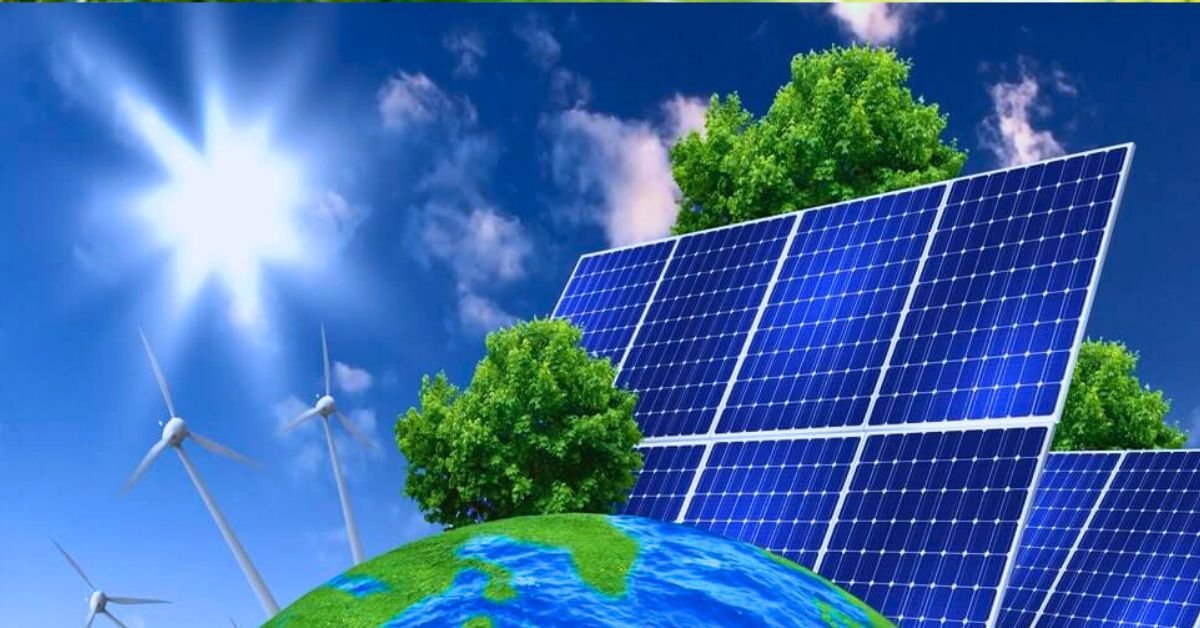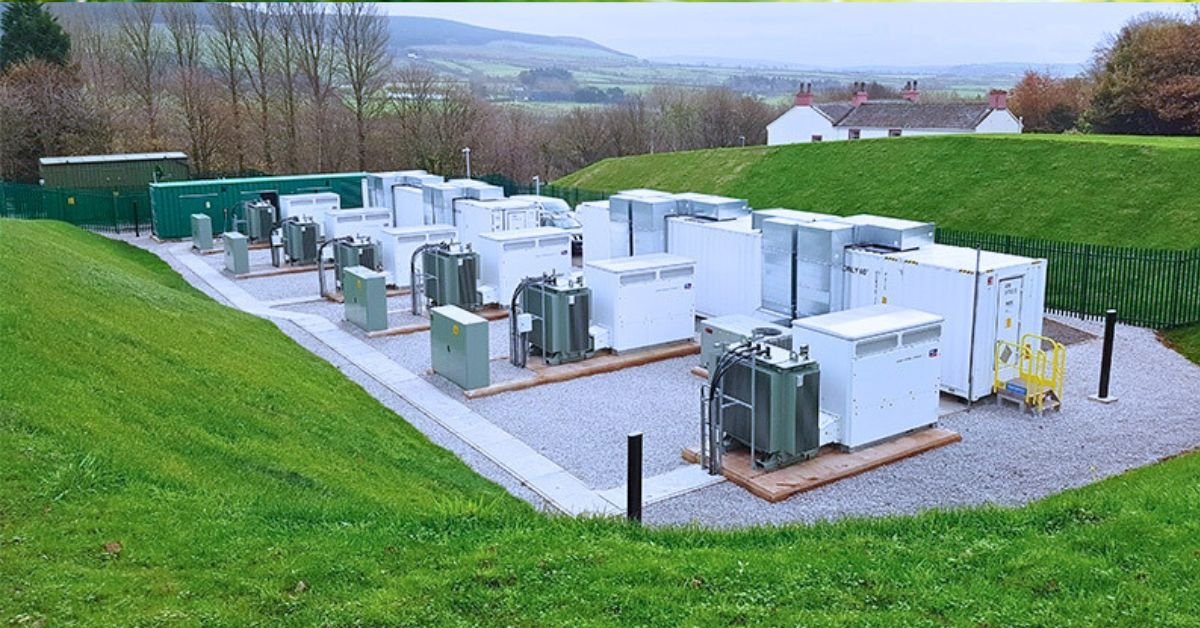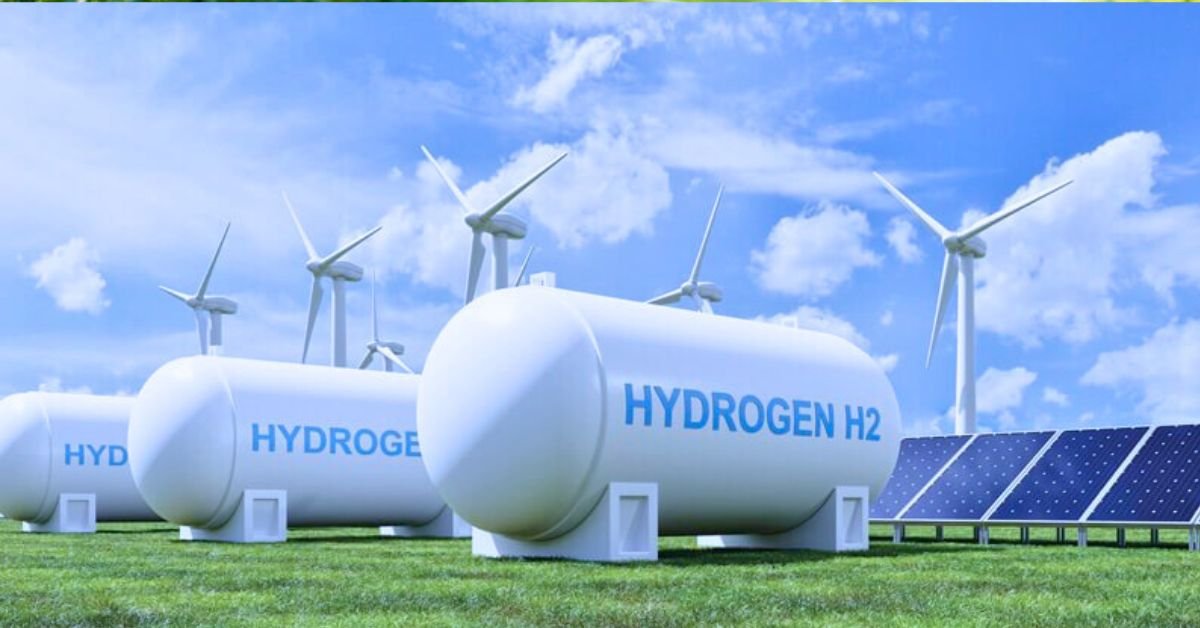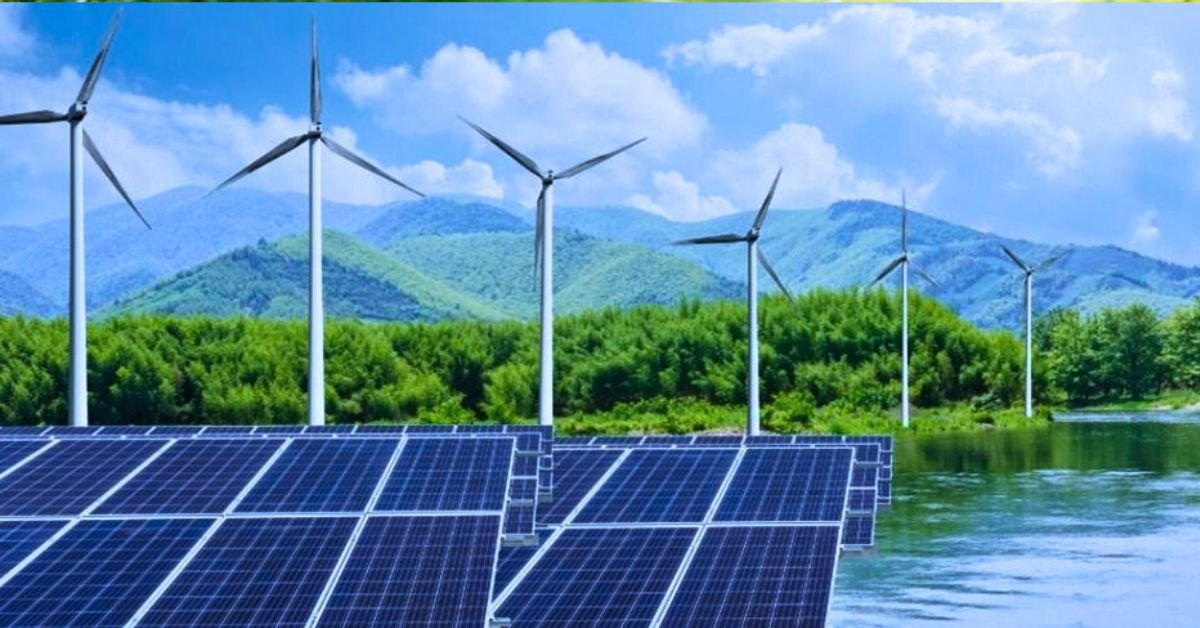As the world grapples with climate change and the urgent need for sustainable energy solutions, technological innovations in renewable energy are pivotal in driving a cleaner and more resilient future. Here’s an overview of the key advancements shaping the renewable energy landscape:
1. Solar Energy Technologies

- Perovskite Solar Cells:
- Efficiency and Cost: Perovskite cells have shown remarkable potential to surpass the efficiency of traditional silicon-based cells. Their lower production costs and ability to be manufactured with less energy make them a promising candidate for widespread adoption.
- Manufacturing and Durability: Research is ongoing to improve the stability and lifespan of perovskite cells, addressing challenges related to their durability and scaling up production.
- Bifacial Solar Panels:
- Enhanced Energy Capture: Bifacial panels can collect sunlight from both the front and rear surfaces, potentially increasing energy generation by up to 30%. This is especially beneficial in environments with high reflectivity, such as snowy or sandy areas.
- Applications and Integration: These panels are being integrated into both residential and commercial installations, offering higher energy yields and better performance in various climatic conditions.
2. Wind Energy Advancements
- Floating Wind Turbines:
- Expansion of Offshore Wind: Floating turbines enable wind energy harnessing in deep-water locations where traditional fixed-bottom turbines are impractical. This expansion opens up vast new areas for offshore wind farms.
- Technical Challenges: Innovations are focused on improving the stability and efficiency of floating platforms, including advancements in materials and mooring systems.
- Smart Turbine Technology:
- AI and IoT Integration: Smart turbines use artificial intelligence and Internet of Things (IoT) technologies to optimise performance by adjusting blade angles and other parameters in real-time based on wind conditions.
- Maintenance and Efficiency: These technologies also contribute to predictive maintenance, reducing downtime and operational costs by anticipating and addressing issues before they cause failures.
3. Energy Storage Solutions

- Solid-State Batteries:
- Higher Density and Safety: Solid-state batteries offer significant advantages over traditional lithium-ion batteries, including higher energy density, improved safety, and longer lifespan. They are critical for effective energy storage in renewable energy systems.
- Commercialisation and Research: Ongoing research aims to scale up production and reduce costs, making solid-state batteries more accessible for various applications, from electric vehicles to grid storage.
- Grid-Scale Storage Systems:
- Pumped Hydro Storage: This well-established technology stores energy by using surplus electricity to pump water to a higher elevation. When demand is high, the water is released to generate electricity.
- Advanced Flywheel Systems: Flywheels store energy through rotational motion and are capable of providing rapid response power. Innovations in materials and design are improving their efficiency and storage capacity.
4. Hydrogen Production

- Green Hydrogen:
- Electrolysis and Renewable Energy: Green hydrogen is produced through electrolysis powered by renewable energy sources like wind or solar. It offers a clean alternative for industrial applications and transportation.
- Infrastructure and Cost: Developing infrastructure for hydrogen production, storage, and distribution is crucial for its widespread adoption. Reducing production costs remains a key focus area.
- Hydrogen Fuel Cells:
- Clean Power Generation: Hydrogen fuel cells convert hydrogen into electricity with water as the only byproduct, making them ideal for applications in vehicles and stationary power systems.
- Technological Advances: Improvements in fuel cell technology are enhancing efficiency and reducing costs, supporting the growth of hydrogen as a viable energy source.
5. Geothermal Energy Enhancements
- Enhanced Geothermal Systems (EGS):
- Broadened Geothermal Potential: EGS technologies enable geothermal energy extraction from sites that were previously considered unviable by artificially stimulating geothermal reservoirs. This expands the geographic scope of geothermal energy use.
- Technical Development: Research is focused on improving the efficiency and economic feasibility of EGS, including advancements in reservoir stimulation techniques and heat extraction methods.
6. Biomass Innovations
- Advanced Biofuels:
- Sustainable Feedstocks: Second-generation biofuels derived from non-food biomass, such as agricultural residues or dedicated energy crops, offer a sustainable alternative to fossil fuels without competing with food production.
- Production and Integration: Innovations in biofuel production processes are enhancing efficiency and reducing costs, facilitating integration into existing fuel infrastructures.
- Waste-to-Energy Technologies:
- Energy Recovery from Waste: Converting municipal and industrial waste into energy addresses both waste management challenges and provides a renewable energy source. Technologies include anaerobic digestion, gasification, and incineration.
- Environmental Benefits: These technologies help reduce landfill use and greenhouse gas emissions while generating valuable energy.
7. Smart Grid Technology
- Digital Integration:
- Enhanced Management: Smart grids use digital communication technology to manage electricity distribution more effectively, optimising the balance between supply and demand, integrating renewable energy sources, and improving grid resilience.
- Demand Response: Advanced grid technologies enable real-time demand response, allowing consumers and utilities to adjust energy use based on grid conditions, reducing peak loads and improving efficiency.
8. Carbon Capture Utilisation (CCU)
- Capture Technologies:
- CO2 Reduction: CCU technologies capture carbon dioxide emissions from industrial processes or directly from the air, helping to mitigate climate change impacts. Captured CO2 can be used to produce synthetic fuels or building materials.
- Commercial Viability: Scaling up CCU technologies and reducing costs are key challenges. Research is focused on improving capture efficiency and developing viable market applications for captured CO2.
Conclusion
The integration of these innovative technologies is vital for advancing global sustainability goals. By investing in research and development across these fields, we can enhance our reliance on renewable resources, reduce carbon footprints, and build a resilient energy infrastructure that meets growing demands without compromising environmental integrity. The transition to renewable energy represents not just a necessity but an opportunity to reimagine how we produce and consume energy in a way that fosters long-term sustainability and addresses the pressing challenge of climate change.
